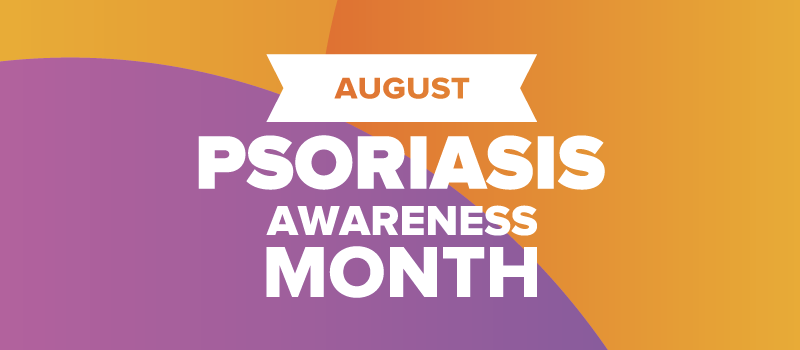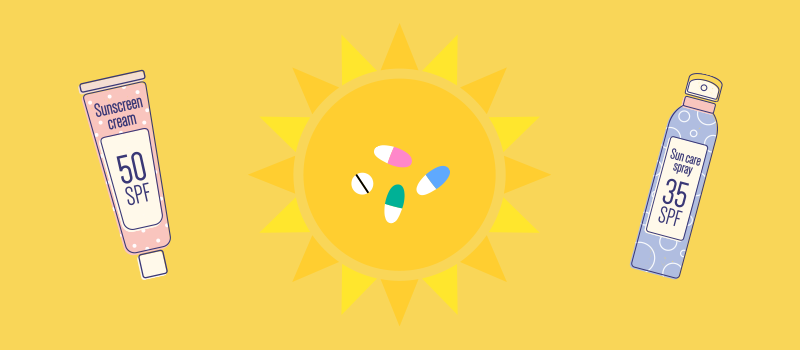What’s the Buzz
The Bee Healthy Blog
Is Botox Safe? Risks vs. Benefits

Botox® injections are an FDA-approved treatment well known for their ability to reduce facial wrinkles. However, besides cosmetic treatment, Botox injections can also be effective in helping many medical conditions. Continue reading to learn more about the risks and benefits of Botox treatment.
What are Botox injections?
Botox is the brand name of an injectable treatment that contains botulinum toxin type A or onobotulinumtoxinA. This toxin is produced by the bacterium Clostridium botulinum and can cause a life-threatening food poisoning called botulism.
However, the same toxin can be beneficial when used in tiny doses. This is because when Botox is injected in small doses, it blocks signals from the nerve endings to the muscles. In this way, it temporarily prevents the targeted muscles from contracting or moving. This effect of Botox is beneficial in certain conditions. For example, Botox can prevent dynamic wrinkles that are formed from the repeated contraction of facial muscles.
While Botox was the first drug used for therapeutic and cosmetic cases, other products containing botulinum toxin are now available, such as Dysport (abobotulinumtoxinA), Myobloc (rimabotulinumtoxinB), and Xeomin (incobotulinumtoxinA). These products are different from each other and cannot be interchanged.
What are the benefits and risks of Botox?
As mentioned above, Botox is a quick procedure that is commonly performed for cosmetic purposes. It works by temporarily relaxing the facial muscles and reducing fine lines, deep wrinkles, frown lines, glabellar lines, crow’s feet, and forehead lines that form during the aging process. By blocking the movement of facial muscles, Botox cosmetics can restore a more youthful appearance to the face. Botox injections are also used to treat conditions, some of which are briefly described below.
Cervical dystonia
Also called spasmodic torticollis, this condition is associated with painful involuntary contraction of the neck muscles. Botox can help relieve neck pain and abnormal head position by temporarily paralyzing the muscles.
Eye twitching
Botox treatments can help in relieving blepharospasm (involuntary twitching of eye muscles).
Lazy eye or strabismus
Some types of lazy eye or squint can benefit from Botox injections. The effects of Botox temporarily weaken the eye muscles, allowing the crossed eyes to straighten.
Muscle contractures
Botox treatment can provide relief in some neurological conditions such as cerebral palsy. It works by blocking the signals between nerves and muscles, thus providing relief from pain, upper limb spasticity, and muscle contractures.
Excessive sweating
In people with a condition called hyperhidrosis, excessive sweating, such as severe underarm sweating, occurs even in the absence of hot temperatures or exertion. Botox use in such patients can block the nerve signals that cause sweating, thus stopping the sweat glands from producing too much sweat.
Bladder dysfunction
Botox treatments can help relax the bladder muscles and reduce urinary incontinence in people with an overactive bladder.
Chronic migraines
In people who experience migraines more than 15 days a month, Botox injections can help reduce headache frequency.
What are the negative effects of Botox?
When performed by an experienced doctor, Botox cosmetic and botulinum toxin injections for medical conditions are relatively safe. However, like all treatments, they carry some risks. Some of the potential side effects and complications of Botox treatments include:
- Pain and swelling at the injection site
- Skin discoloration or superficial reddening at the injection site
- Headache
- Flu-like symptoms
- Dry eye or excessive tearing
- Droopy eyelid or cockeyed eyebrows
- Crooked smile or drooling
Very rarely, the toxin can spread from the injection site to other parts of the body. You should call your doctor right away and seek immediate medical attention if you notice any vision problems, muscle weakness, breathing problems, trouble swallowing, trouble speaking, or loss of bladder control. These signs and symptoms can occur within hours or several weeks after the Botox injection process.
Botox is generally not recommended in women who are pregnant or breastfeeding. It also should not be used in people who have an allergy to cow's milk protein.
Is Botox (botulinum toxin type A) safe?
As mentioned, botulinum toxin can cause life-threatening food poisoning. However, the doses used in cosmetic and medical applications are very small and are generally considered safe. Between 1989, when Botox was first approved, and 2003, there were only 36 adverse events reported to the U.S. Food and Drug Administration (FDA). In many cases, the adverse effects were related to the patient’s underlying condition and not Botox. Moreover, it appears that Botox cosmetic injectables carry less risk than therapeutic Botox injections for medical conditions because the doses are much smaller.
Are there any negative long-term effects from Botox?
The effect of the Botox toxin wears off in a few weeks. The injections, therefore, provide temporary relief or results. Most people need to get repeat Botox injections for continued benefits. Nonetheless, there is limited research on the long-term safety of Botox use.
Some studies have shown that the occurrence of adverse effects does not increase with repeated Botox injections. For example, Botox treatments every 6 months for overactive bladder. Indeed, such placement can improve response to treatment. However, the studies only observed patients for 2 years.
Other studies have shown that serious adverse effects can occur after multiple injections over the course of 10 or more years, including drooping eyelids, blurred vision, difficulty swallowing, hoarseness, difficulty speaking, difficulty breathing, neck weakness, nausea, vomiting, generalized weakness, swelling, and heart palpitations.
As noted above, higher doses of Botox are used for therapeutic applications. Therefore, medical applications carry a higher risk than cosmetic use of Botox.
In a nutshell, experts are of the opinion that more research is needed to understand the long-term efficacy and long-term side effects of Botox.
The Takeaway
Provided you go to a board-certified dermatologist or plastic surgeon for your Botox injections, these treatments are safe for the most part. You should avoid choosing facilities where the Botox injections aren’t obtained according to the FDA’s strict sourcing guidelines or where Botox is injected by inexperienced doctors because this can greatly increase your risk of Botox complications.
References:












SOCIAL